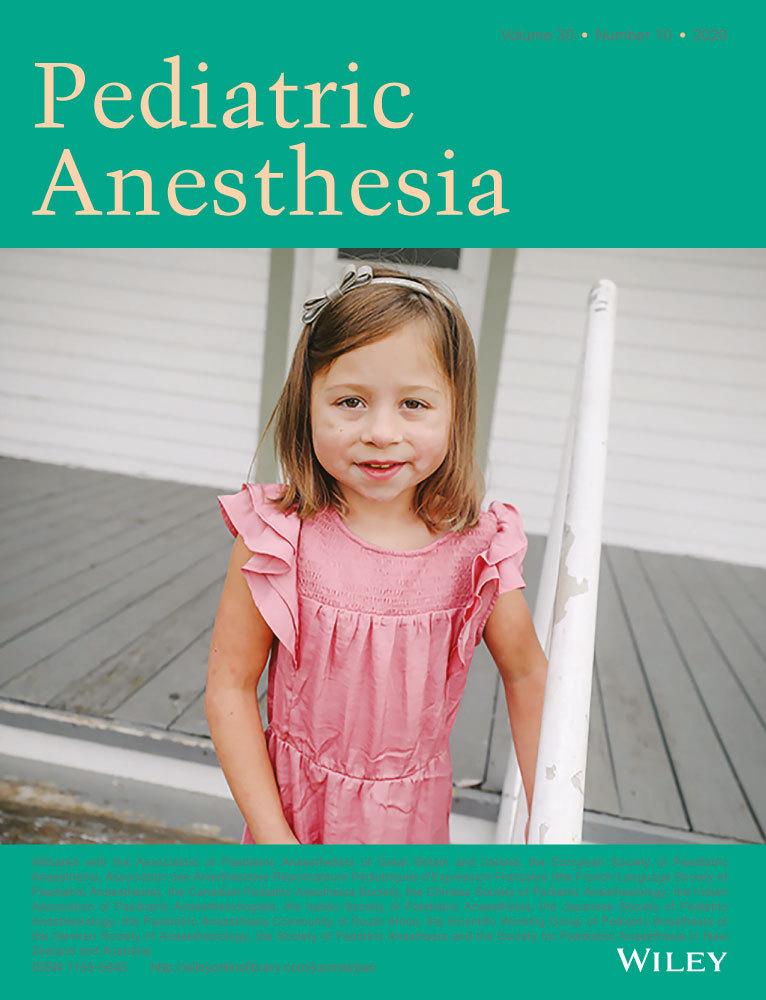The implementation of low-flow anesthesia at a tertiary pediatric center: A quality improvement initiative
Abstract
Introduction
Anesthesia machines have evolved over the years to excel in delivering low-flow anesthesia (<1 L fresh gas flow) in a closed-circuit system, with the obvious benefits being decreased costs and reduced emissions of greenhouse gases. At a pediatric hospital that provides over 25 000 anesthetics a year, a quality improvement project was initiated with the aim of decreasing the amount of sevoflurane used per anesthetic by 20% over the course of a year.
Methods
Three Plan-Do-Study-Act cycles involving gathering comparative data, departmental education, improvement updates on our huddle board, and intraoperative confirmation rounds were completed. The bottles of sevoflurane used and the total number of anesthetics performed were collected each month. To account for the fluctuation of anesthetic cases per month, a metric of “Anesthetics Performed per Bottle of Sevoflurane Used” was created.
Results
Compared to a prior twelve-month period, the Anesthetics Performed per Bottle of Sevoflurane Used were higher with a mean increase of 25%. The bottles of sevoflurane used per month was lower with a mean decrease of 20%. The carbon footprint of our sevoflurane use was also decreased and extrapolated over a year, and the decrease was equivalent to 70 000 miles driven, over 3,200 gallons of gasoline consumed, or over 31000 pounds of coal burned.
Conclusion
A QI initiative aimed at changing the practice of delivering at least 2L fresh gas flow to delivering a low-flow anesthetic has been a successful value-added enhancement to our pediatric anesthesia practice.
CONFLICT OF INTEREST
The authors report no conflicts of interest.




